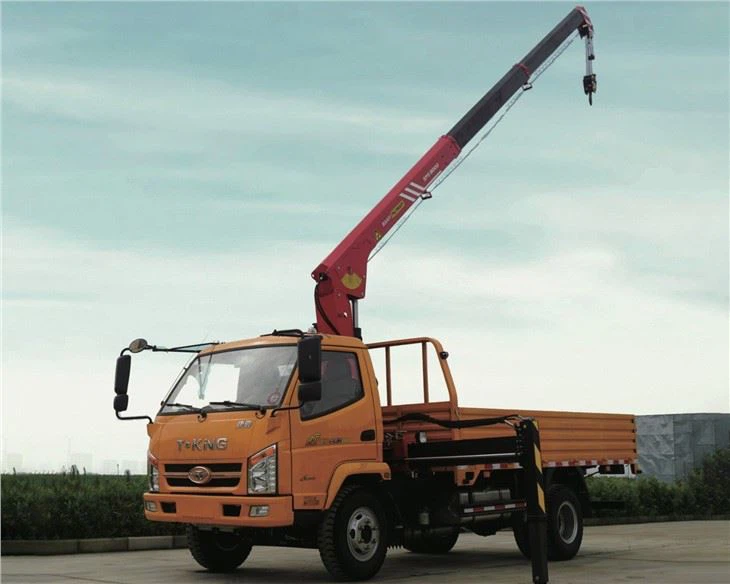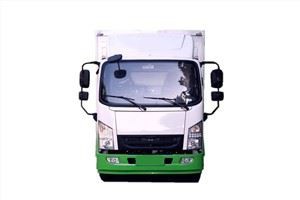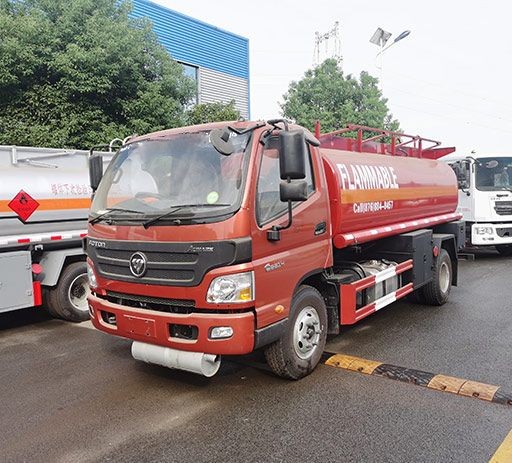Everything You Need to Know About the Length of Fire Engines

In the world of emergency services, fire engines play a crucial role in saving lives and minimizing damage during fires and other emergencies. A fundamental aspect of any fire engine is its size, particularly its length. Understanding the length of fire engines can help communities appreciate their capabilities, operational requirements, and the challenges they may face in navigating different terrains and urban environments. This article explores various dimensions of fire engines, including standard lengths, how they can vary based on type, and their implications in firefighting.
Understanding Fire Engine Types

1. What Is a Fire Engine?
A fire engine, often referred to as a fire truck, is a vehicle designed for firefighting operations. It’s equipped with firefighting equipment, water tanks, hoses, and other tools that enable firefighters to combat flames and rescue individuals.
2. Types of Fire Engines
- Pumper Trucks: These are the most common type of fire engine, primarily responsible for transporting water and firefighting equipment.
- Aerial Fire Trucks: Equipped with ladders or platforms, these trucks are essential for fighting fires in high-rise buildings.
- Tanker Trucks: Designed to transport large amounts of water to areas that lack a reliable water supply.
- Brush Trucks: Smaller vehicles designed for wildland firefighting, able to navigate rough terrains.
The Standard Length of Fire Engines
1. General Dimensions
The length of fire engines can vary significantly based on their type and purpose. A standard pumper truck typically measures between 25 to 40 feet in length.
2. Size Variation by Type
| Type of Fire Engine | Typical Length (Feet) |
|---|---|
| Pumper Truck | 25 – 40 |
| Aerial Fire Truck | 40 – 55 |
| Tanker Truck | 30 – 45 |
| Brush Truck | 15 – 25 |
Factors Influencing the Length of Fire Engines
1. Purpose of the Fire Engine

The intended use of a fire engine significantly influences its dimensions. Aerial trucks designed for high-rise rescues need to be longer to accommodate aerial ladders and equipment.
2. Equipment and Features
The length can also increase with additional firefighting tools and apparatus. Options like foam systems, expanded water tanks, and specialized rescue gear can add to the overall length.
3. Manufacturer Specifications
Every manufacturer may have different base models and custom specifications, which can affect the length of the fire engines they produce.
How the Length of Fire Engines Affects Operations
1. Maneuverability
Longer fire engines may struggle with maneuverability in tight urban settings. Fire departments must consider street widths, parking regulations, and access routes when deploying these vehicles.
2. Turn Radius
The turn radius of fire engines increases with length. This means that longer trucks need more space to turn without hitting obstacles, which can be a critical factor during emergencies.
3. Weight Distribution
A longer fire engine can impact weight distribution, potentially affecting speed and handling. Fire departments need to train their crews to handle these considerations effectively.
Real-World Examples of Fire Engine Lengths
1. Urban Fire Departments
Many urban fire departments utilize aerial fire trucks that can exceed 50 feet in length. These trucks are vital in cities with tall buildings, requiring careful navigation in crowded streets.
2. Rural Fire Departments
Rural departments often use smaller brush trucks measuring around 15 to 25 feet to address wildfires and respond in difficult terrains. Despite their compact size, they carry essential gear for effective firefighting.

Choosing the Right Fire Engine for Your Community
1. Assessing Community Needs
Every community has unique firefighting needs, which influences the fire engine length and type required. It’s essential to consider local terrain, building heights, and population density.
2. Budget Considerations
Longer fire engines with advanced capabilities often come at a higher cost. Budget assessments must reflect not only the purchase but also maintenance and operational costs.
3. Future-Proofing Fire Equipment
When selecting fire engines, consider future growth in housing and business developments. Planning for larger or more versatile units can save costs in the long run.
Practical Tips for Fire Department Administrators
- Conduct Regular Training: Make sure your firefighters are trained on the unique specifications of your fire engines, including their lengths.
- Maintain Flexibility: Have a strategy in place for deploying different sized fire engines for various emergency situations.
- Invest in Technology: Use mapping software to ensure that routes taken by longer trucks are efficient and safe.
FAQs About Fire Engine Lengths
1. How long is a typical fire engine?
A standard fire engine, specifically a pumper truck, typically measures between 25 to 40 feet in length.
2. Do all fire departments use the same size fire engines?
No, fire departments adjust their fire engine sizes based on community needs, budget, and specific operational requirements.
3. How does the length of a fire engine impact its performance?
The length can influence maneuverability, turning radius, and weight distribution, affecting how effectively it can respond during emergencies.
4. Are longer fire engines safer to operate?
Safety depends on various factors, including crew training and the conditions in which the fire engine is operated. Generally, longer engines may pose more challenges in tight spaces.
5. Can fire engine lengths vary greatly between manufacturers?
Yes, different manufacturers may have various models with differing specifications that can affect the length of fire engines.
6. How can communities assess their needs for fire engine types?
Communities can assess their needs by evaluating factors such as local geography, building types, response times, and projected needs for growth.
